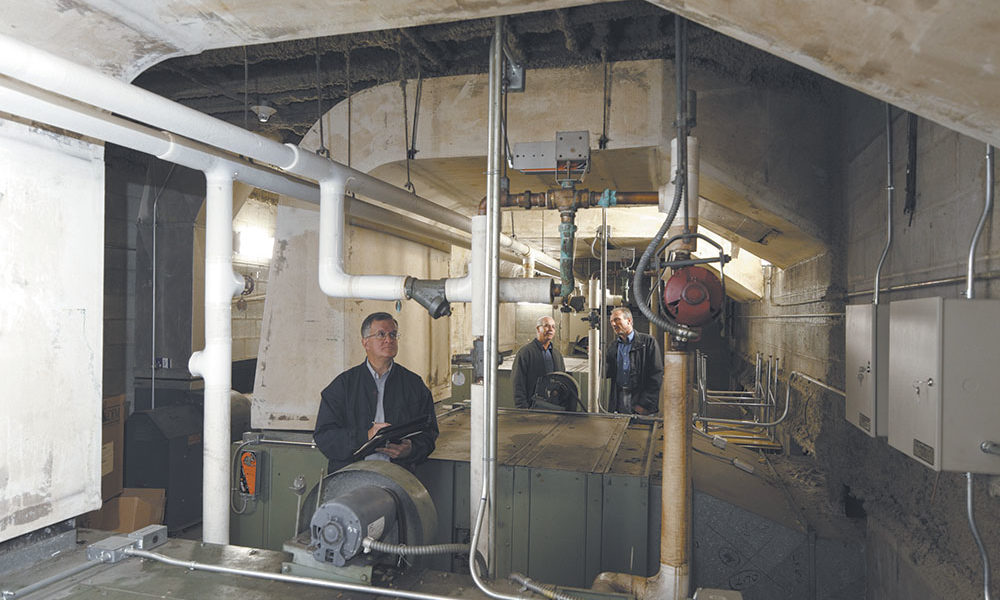Every building, no matter its use, can benefit from a facility condition assessment.
I started my career as a Facility Manager over 20 years ago in an unconventional way: trial by fire. I learned from my tradesmen, my mistakes, my mentors and the building code. I’ve managed office buildings, apartments, hospitals and restaurants. Having a facility condition assessment conducted on my buildings would have been a boon. It would have given me the tools and the data to prioritize and plan. It doesn’t take long to figure out, for example, that vinyl is vinyl is vinyl, whether you use it in an office, patient room or restaurant. What’s different is: how long it will last in each building: When should I replace it? Based on age, placement area and traffic you may not need to consider it for replacement as soon as its lifecycle is depleted. Therefore, redirect funds to something more urgent, like a new roof, ADA upgrades or ACM removal. Having the data an FCA provides such as lifecycle, risk potential and financial planning is a win-win for everyone.
As new buildings continue to be constructed each year, we can’t ignore the ones we already have. The average age of a building in the US is 50 years. With a facility condition assessment, you can analyze the age, the design, the materials and more to get the most out of those 50 years.
Several years ago, my career transitioned from facility management to facility assessment. When I assess a building, I ask for the organization’s preventive maintenance programs and you’d be surprised that many actually use a run-to-fail program because they don’t have the information a facility condition assessment provides. This can snowball into a business having a reactive maintenance staff and the inability or the funds to complete planned projects.
Having an FCA helps an organization better strategize what building systems (mechanical, electrical, plumbing, roofing, interiors, etc.,) needs to be replaced now and what can be budgeted to replace later. A facility manager becomes proactive, not reactive. The cost of an FCA service pays for itself when you consider what it helps you to avoid an emergency that could not only negatively impact your day-to-day operations but also have a negative impact on those you serve.
Having an FCA done on your buildings does not need to be arduous. Previous blogs here outline the steps necessary to get it done. My goal is to help you see that whether you are a university, house of worship, restaurant or hospital, having a facility condition assessment is essential in the long-term growth and maintenance of the life of your building and that every building, no matter the industry, can use a facility condition assessment.


